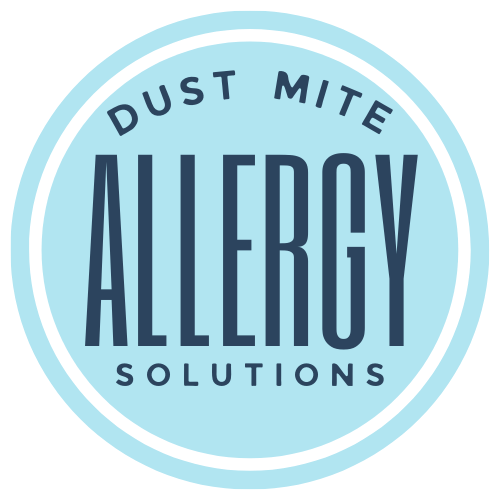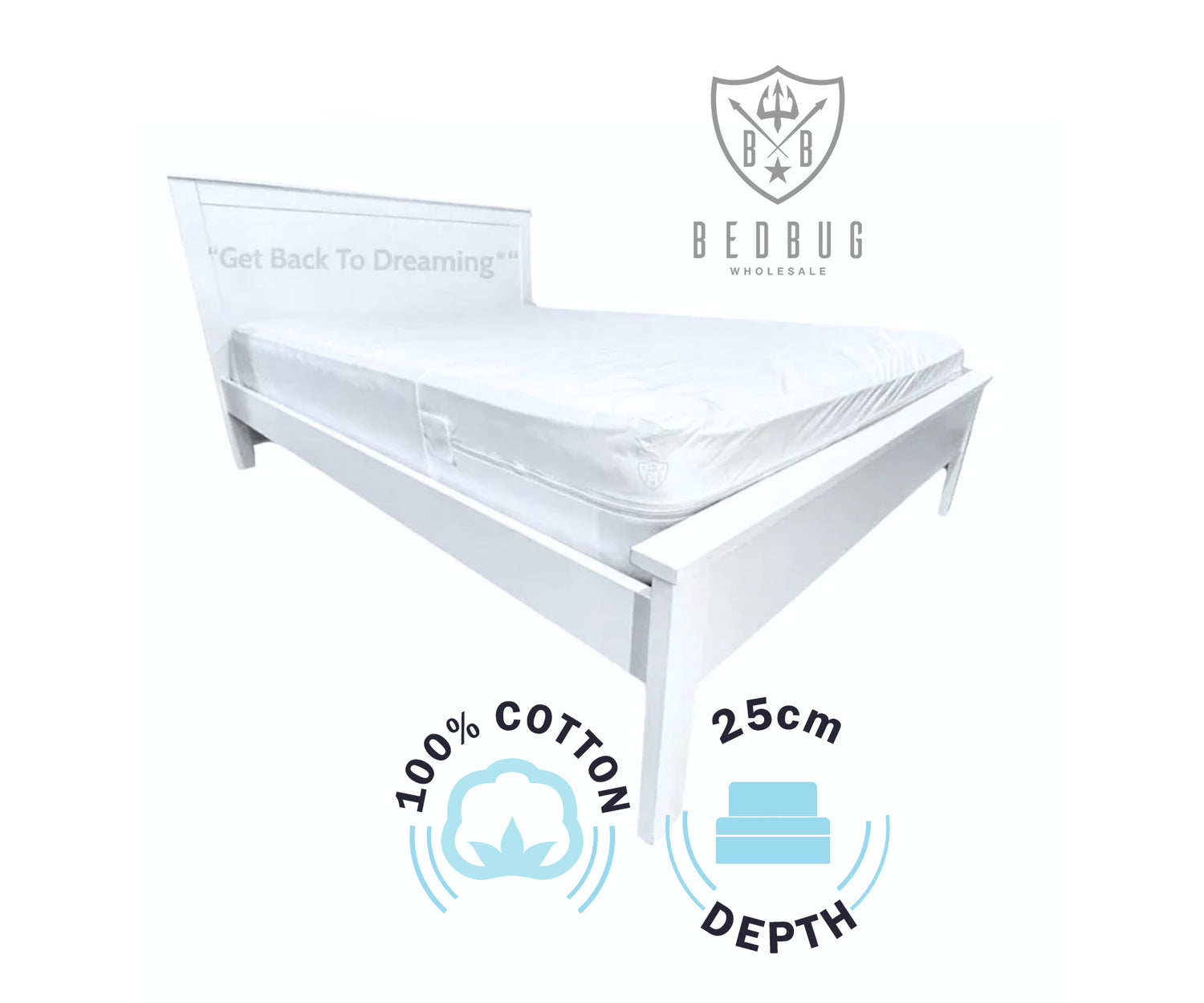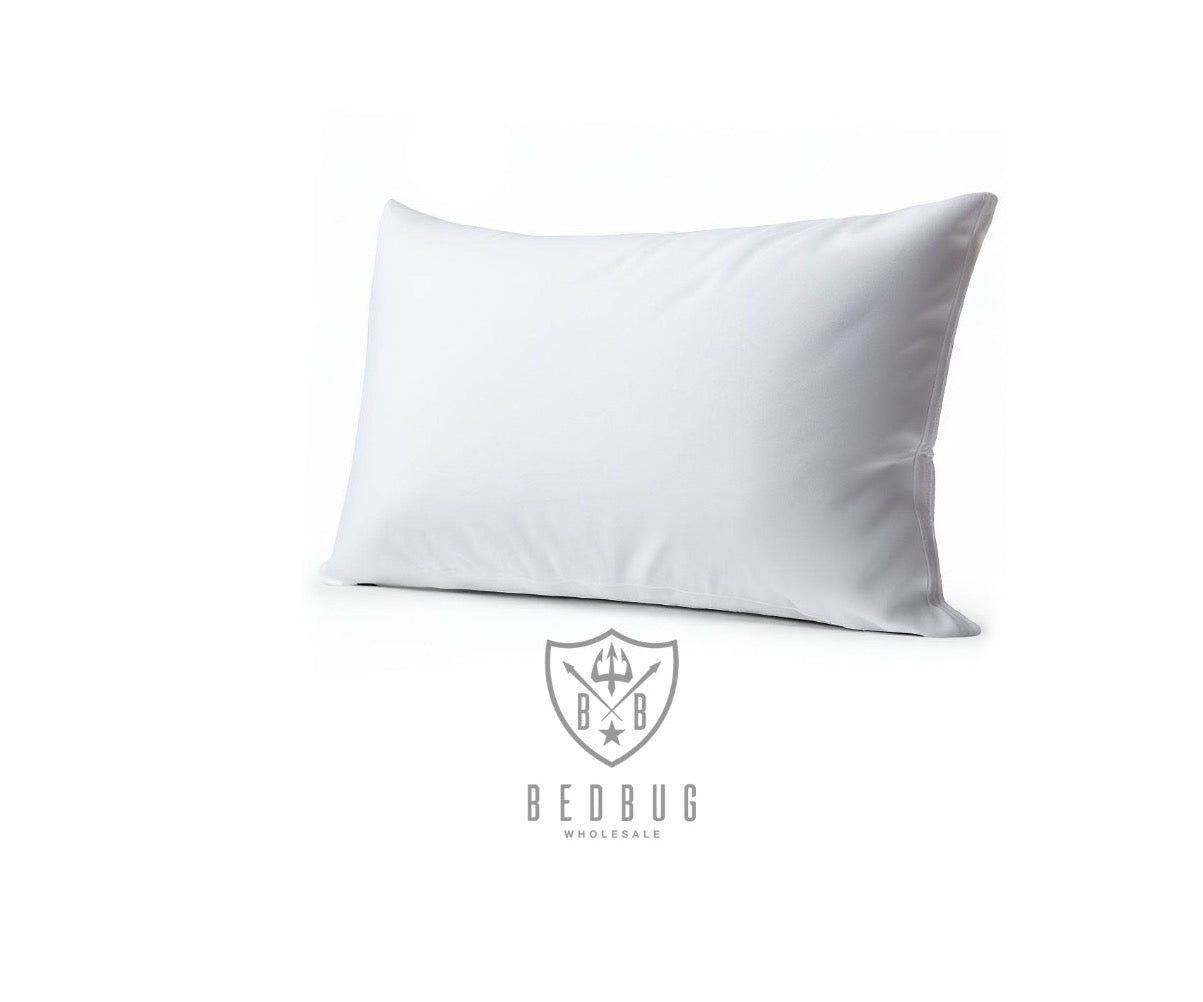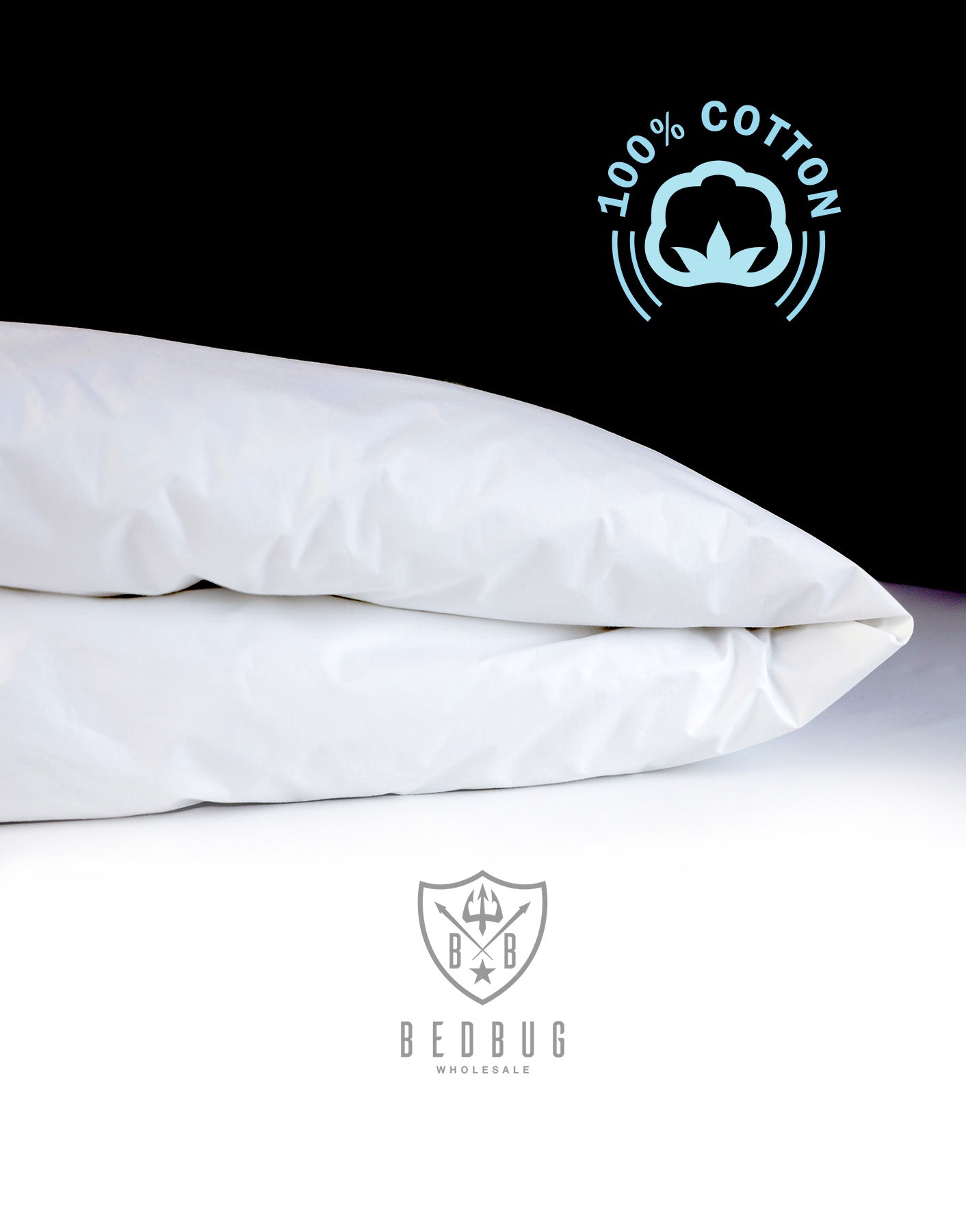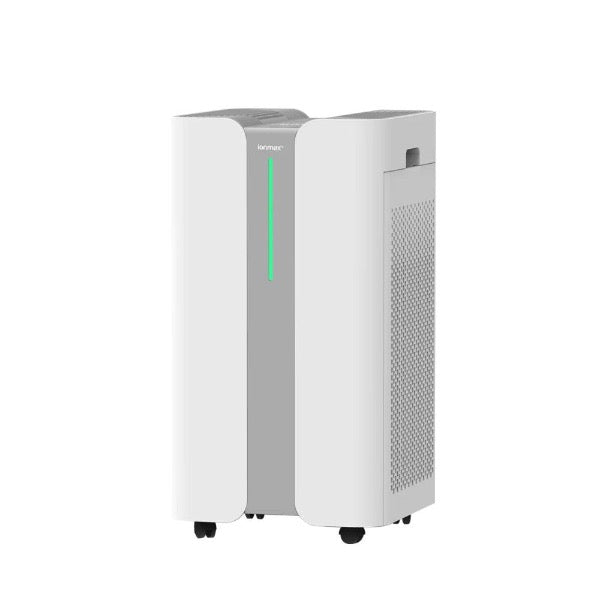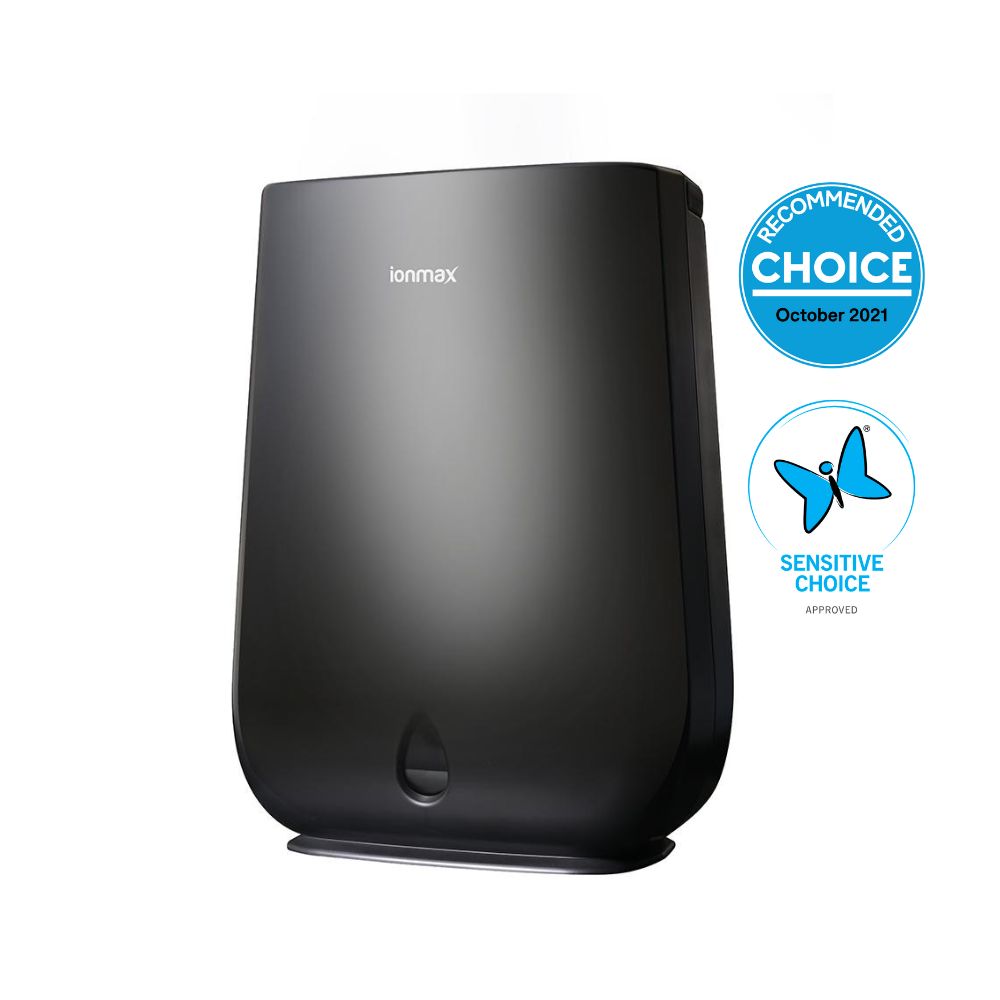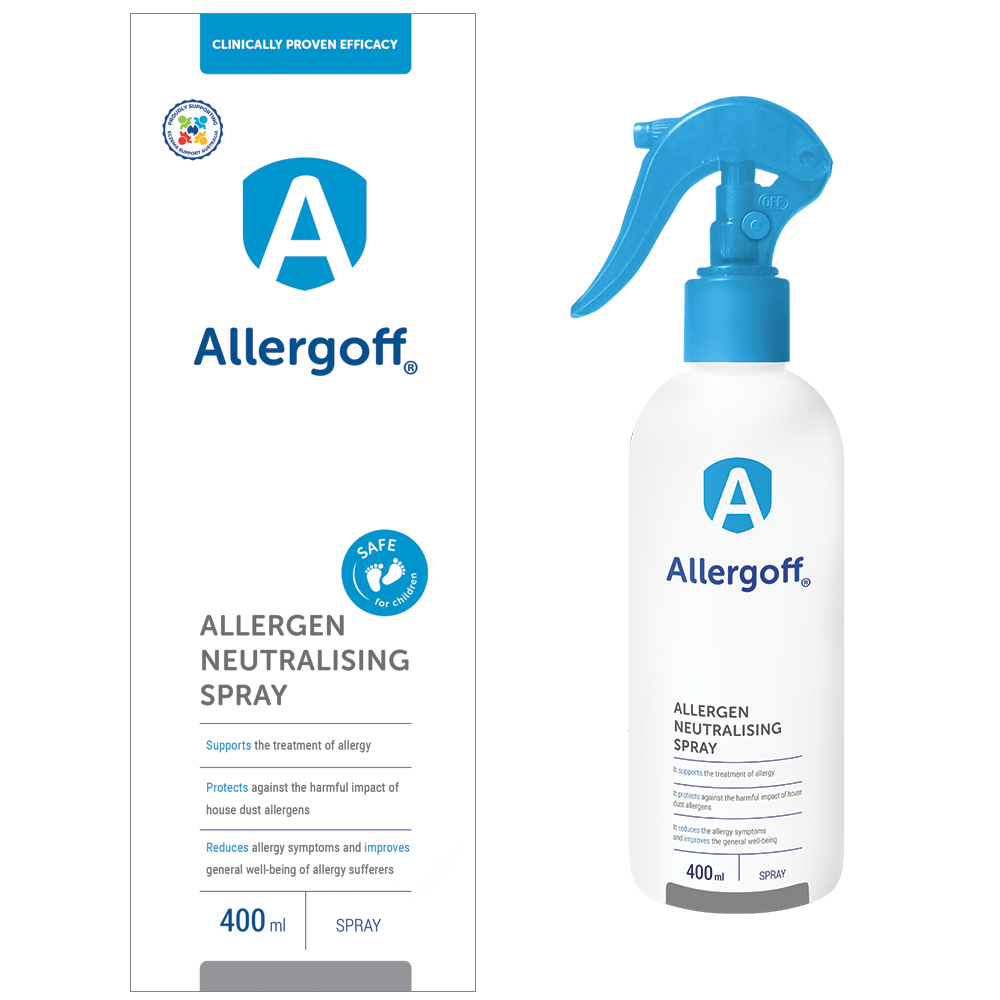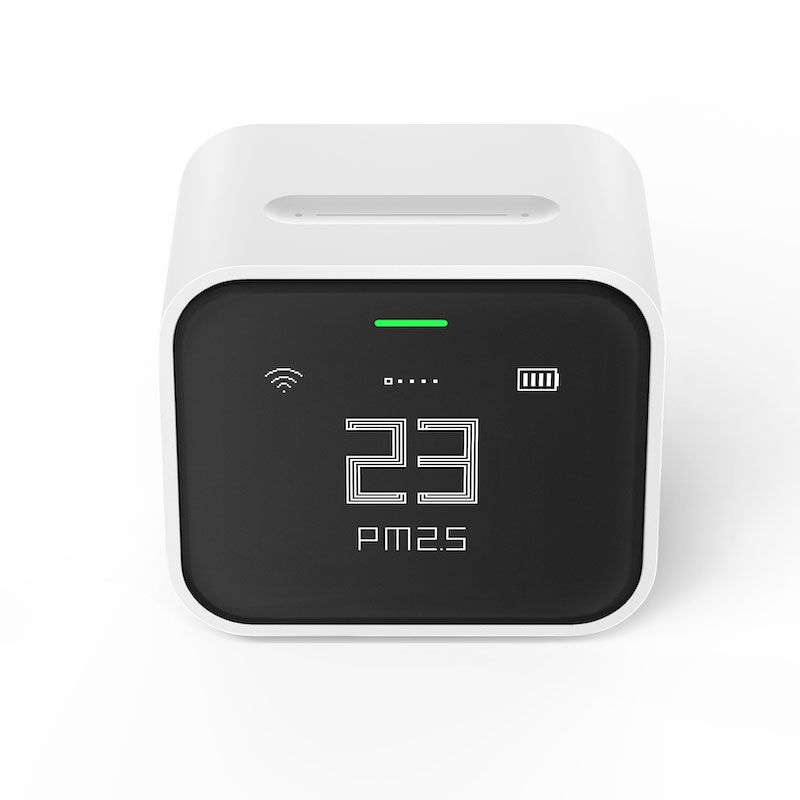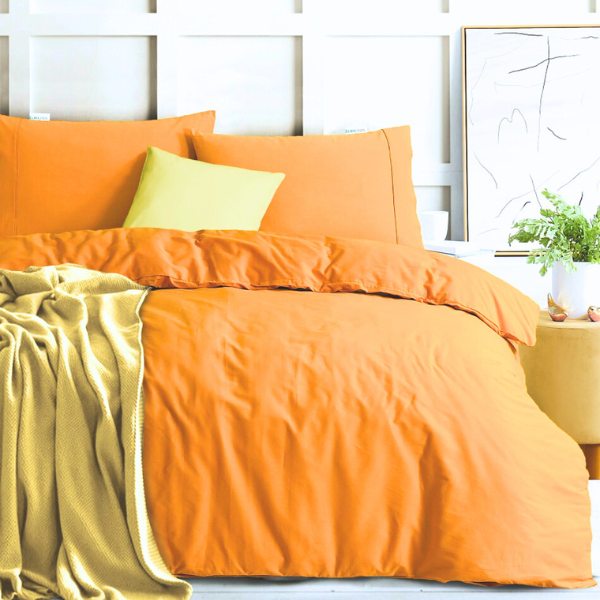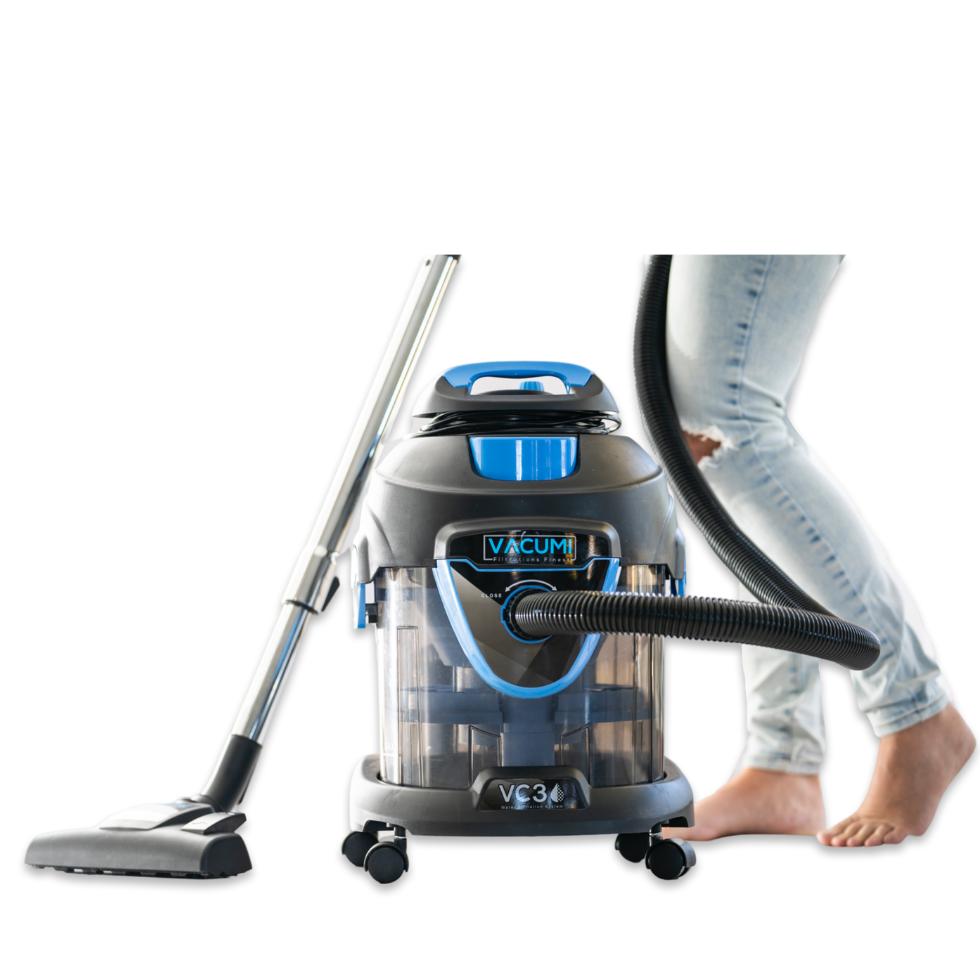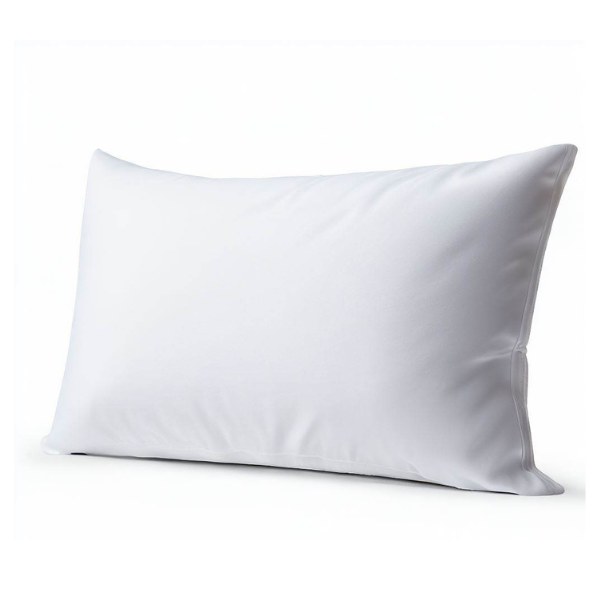The warm and humid climate of Australian subtropical coastal regions provides a perfect environment for dust mites to flourish. Consequently, in Australia, dust mite allergy is a widespread issue.
Dust Mites in Australia
Dust mites are about one-quarter to one-third of a millimeter long, too small to be seen without a microscope. When viewed through a microscope, they look like tiny white beings with eight legs, categorizing them as arthropods, similar to spiders rather than insects.
Dust mites thrive in temperatures between 20 to 25°C (68 to 77°F) and prefer humidity levels of 70 to 80%.
According to AAFA, world-wide, there are at least 13 species of these mites, all well-adapted to indoor environments. They primarily feed on minuscule flakes of human skin shed daily, which accumulate in the deeper layers of furniture, carpets, bedding, and even stuffed toys—ideal habitats for mites.

Are Dust Mites Common in Australia?
Warm, humid conditions, along with mild winters and extended periods of warm weather, create an ideal environment for dust mites to reproduce and thrive.
Dust mites thrive in humid environments due to their unique method of obtaining moisture. Unlike humans who drink water, dust mites do not have a means to quench their thirst internally. Instead, they absorb moisture from the surrounding air.
As a result, dust mite allergies are a common concern in Australia, affecting a significant portion of the population, especially those living in areas with higher humidity and warmth, where dust mites are more likely to proliferate.

What is Dust Mite Allergy?
A dust mite allergy is an immune reaction to the waste from tiny bugs that live in house dust. These mites thrive in warm, humid places and feed on shed skin cells. When a person with this allergy encounters the mites, their immune system reacts to proteins in the mites' waste, causing symptoms like sneezing, runny nose, itchy eyes, nasal congestion, and, in severe cases, asthma symptoms. To diagnose a dust mite allergy, you should see a health professional.
How Common is Dust Mite Allergy in Australia?
In terms of specific numbers, studies have shown that a significant proportion of the Australian population is sensitised to dust mites. Research by Australasian Society of Clinical Immunology and Allergy shows that about 20% of Australians are affected by dust mite allergies at some point in their lives.
Where Do Dust Mites Commonly Live in Australian Homes?
In Australian homes, dust mites commonly inhabit warm and humid areas, thriving in bedding, mattresses, pillows, and upholstered furniture. They also find favorable conditions in carpets and rugs, where they can feed on shed skin flakes. Other potential hotspots include curtains, stuffed toys, and even pet bedding, making these environments ideal for dust mite proliferation.

What are the Most Common Types of Dust Mites in Australia?
Blomia tropicalis (Tropical Dust Mite)
- Health Impact: Common in tropical areas, it can lead to allergic reactions like rhinitis and asthma. It produces specific allergens that may be more problematic in warm, humid environments.
- Management: Keep environments dry and well-ventilated; use air purifiers and dehumidifiers if necessary.
Dermatophagoides farinae (American House Dust Mite)
Yes, different types of dust mites can affect health in varying ways, primarily due to the specific allergens they produce. Here’s how they differ and what you can do about it:
Dermatophagoides farinae (American House Dust Mite):
- Health Impact: Similar to D. pteronyssinus, it causes asthma and allergy symptoms, but may be more prevalent in drier regions.
- Management: Similar strategies as for D. pteronyssinus apply, focusing on reducing humidity and dust accumulation.
How Do you Know if You Have Dust Mites?
To determine if you have dust mites in your home, look for the following signs:
-
Allergy Symptoms: Frequent sneezing, runny or blocked nose, itchy eyes, or skin rashes, particularly after being in bed or on upholstered furniture, can indicate dust mite allergies.
-
Persistent Asthma: If asthma symptoms worsen, especially during the night or early morning, dust mites might be a contributing factor.
-
Dust Accumulation: A noticeable layer of dust on surfaces, particularly in bedrooms and living areas, can suggest the presence of dust mites.
-
Humidity Levels: High indoor humidity (70-80%) creates an ideal environment for dust mites. Use a hygrometer to check your home's humidity levels.
If you suspect a dust mite issue, consider consulting a healthcare professional for allergy testing and effective management strategies.
Can You Be Allergic to Dust But Not to Dust Mites?
Yes, it's possible to have an allergy to dust without being specifically allergic to dust mites, as dust allergies can be triggered by various components in household dust, not just dust mites. In people with dust allergies, the immune system reacts to airborne particles, causing allergic symptoms. Dust mite allergens are one of many potential triggers in household dust, so an individual may react to other components in dust while not having an allergy to dust mites. Allergy testing can help identify this distinction. These allergen components may include:
- Pollen: Pollen can enter homes through open windows, doors, or be brought in on clothing and pets, becoming part of the household dust.
- Pet Dander: Small flakes of skin shed by cats, dogs, and other furry or feathered pets are common allergens.
- Mold Spores: Mold can grow in damp areas of the home and release spores into the air, which can become part of household dust.
- Cockroach Droppings: In some environments, components of cockroach droppings can become airborne and contribute to dust.
- Fibers from Fabrics: Tiny fibers from carpets, furniture, or bedding can also become airborne and contribute to dust.

What are Dust Mite Allergy Treatments?
Allergen Avoidance
- Use allergen-proof covers for mattresses, pillows, and bedding to create a barrier against dust mites.
- Wash bedding, including sheets and pillowcases, in hot water (at least 60°C) weekly to kill dust mites and remove allergens.
- Minimise the use of carpets, rugs, and upholstered furniture, as they can harbor dust mites. Steam existing upholstered furniture to kill dust mites.
- Keep indoor humidity levels below 50% using dehumidifiers or proper ventilation to discourage dust mite growth.
- Regularly clean and vacuum living spaces, using vacuum cleaners equipped with HEPA filters, to reduce dust mite allergen levels.
Medications
- Over-the-counter antihistamines can help alleviate common allergy symptoms such as sneezing, itching, and runny nose.
- Nasal corticosteroid sprays can reduce nasal inflammation and congestion.
- Allergy eye drops can relieve itchy, watery eyes.
- Consult a healthcare professional for prescription-strength medications if symptoms are severe or persistent.
Immunotherapy
Allergy shots (subcutaneous immunotherapy) can help desensitize the immune system to dust mite allergens, reducing symptoms over time.Sublingual immunotherapy (under-the-tongue tablets or drops) is an alternative form of immunotherapy that can be used under medical supervision.
Remember, individual responses to different management strategies may vary, so it's essential to work with healthcare professionals to find the most effective approach for managing dust mite allergy symptoms.
Cleaning
- Regularly dust and clean surfaces with a damp cloth to minimise dust accumulation.
- Vacuum carpets, rugs, and upholstery frequently using a vacuum cleaner with a HEPA filter.
- Use a high-efficiency air purifier with a HEPA filter to reduce airborne allergens.
Read our full guide on how to get rid of dust mites in your house
